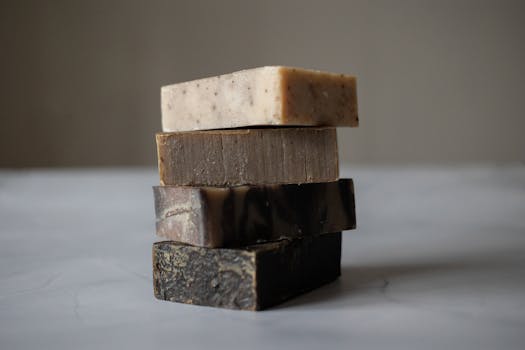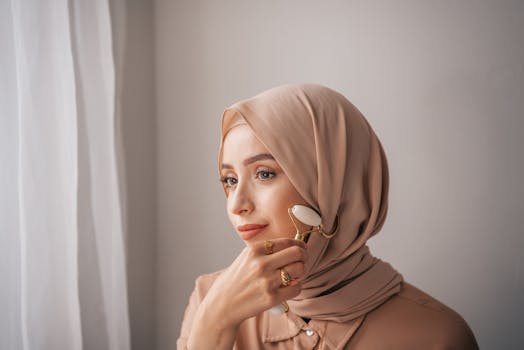“
Introduction to Minimalist Living
Minimalist living is a lifestyle that has gained popularity in recent years, and for good reason. By embracing minimalism, individuals can simplify their lives, reduce stress, and focus on what truly matters. In this article, we will explore the benefits of minimalist living and provide practical tips on how to adopt this lifestyle.
What is Minimalist Living?
Minimalist living is a philosophy that advocates for living with only the essentials. It’s about getting rid of clutter, reducing waste, and being more intentional with the things we own and the way we live our lives. Minimalism is not just about getting rid of stuff; it’s about creating a more mindful and deliberate way of living.
Benefits of Minimalist Living
There are many benefits to embracing minimalist living, including:
- Reduced stress and anxiety: Clutter and disorganization can contribute to feelings of overwhelm and stress. By getting rid of clutter and living with only the essentials, individuals can reduce their stress levels and feel more calm and focused.
- Increased productivity: When we have too many possessions, it can be difficult to focus and prioritize tasks. Minimalist living helps individuals to prioritize what’s truly important and eliminate distractions.
- Improved financial situation: By reducing consumption and getting rid of unnecessary expenses, individuals can save money and improve their financial situation.
- More free time: With fewer possessions to manage and maintain, individuals can spend more time on things they enjoy and that bring them value, such as experiences.
Practical Tips for Embracing Minimalist Living
So, how can you start embracing minimalist living? Here are some practical tips to get you started:
- Start with a decluttering challenge: Begin by decluttering one area of your home or life, such as your closet or digital files. Get rid of anything you no longer need, use, or love.
- Adopt a ‘one in, one out’ policy: For every new item you bring into your life, get rid of an old one to maintain a balanced level of possessions.
- Practice mindful consumption: Before making a purchase, ask yourself if you really need it and whether it aligns with your values and goals.
- Focus on experiences over possessions: Invest in experiences, such as travel, learning, and spending time with loved ones, rather than material possessions.
Common Challenges and Obstacles
Embracing minimalist living can be challenging, especially when faced with obstacles such as:
- Sentimental attachment to possessions: It can be difficult to get rid of items that hold sentimental value, such as gifts or family heirlooms.
- Pressure from others: Friends and family may not understand or support your decision to adopt a minimalist lifestyle.
- Difficulty in letting go: It can be hard to let go of possessions that we feel are still useful or that we might need in the future.
However, with persistence, patience, and a clear understanding of your goals and values, you can overcome these challenges and achieve a more minimalist and fulfilling lifestyle.
Conclusion
Embracing minimalist living is a journey that requires effort, dedication, and a willingness to challenge societal norms and expectations. By simplifying your life, reducing clutter, and embracing mindful consumption, you can create a more intentional, meaningful, and fulfilling life. Remember, minimalist living is not just about getting rid of stuff; it’s about creating a better life.






